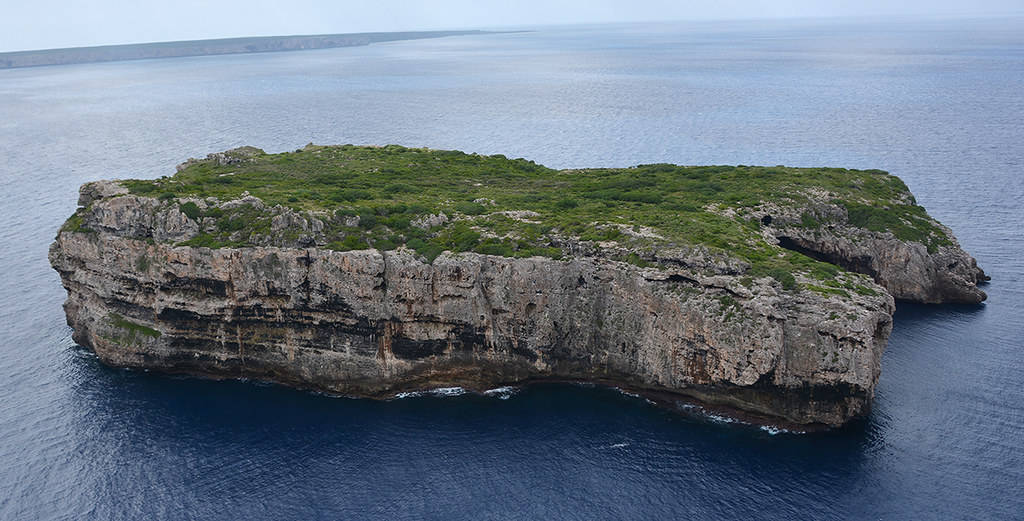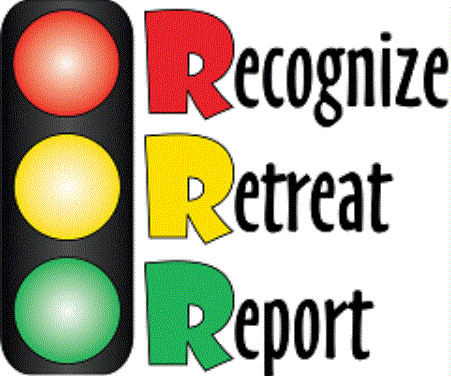
Con aproximadamente 34 acres (35 cuerdas), la isla de Monito se encuentra a unas 45 millas al oeste de la costa occidental de Puerto Rico. La isla está deshabitada y es árida y rocosa con acantilados escarpados que se elevan más de 100-150 pies directamente desde el océano, lo que hace que sea extremadamente difícil accesarla por mar. El ejército comenzó a usar lo que se conoció como el campo de bombardeo de Puerto Rico (en la isla de Monito) en 1940. Si bien el ejército inicialmente planifico usarlo para practicar tiro y bombardeo, la lejanía e inaccesibilidad de Monito hicieron que un campo de tiro fuera poco práctico porque no había manera de crear y mantener objetivos. Las tripulaciones de vuelo del Comando Aéreo Estratégico utilizaron la isla para bombardeos de largo alcance para prácticas de bombardeo asistido por radar y visuales, y el personal en la cercana isla de Mona observaría e informaría sobre las actividades de bombardeo. Para 1961, los militares ya no necesitaban el sitio y fue devuelto al Estado Libre Asociado de Puerto Rico. El Departamento de Recursos Naturales y Ambientales de Puerto Rico posee y administra la isla. La isla y las aguas que la rodean están designadas como Reserva Natural y proporcionan hábitats críticos para especies amenazadas y en peligro de extinción. Muchas aves marinas anidan en Monito, incluido el piquero de patas azules, la gaviota gallega, el charrán monja, varias especies de pelícano y la tijereta. También es el hogar del geco de Monito, una especie descubierta en 1974, que solo vive en esta pequeña isla.
Comprising about 34 acres (35 cuerdas), Monito Island is about 45 miles west of the western coast of mainland Puerto Rico. The barren and rocky island is uninhabited with sheer cliffs rising over 100-150 feet straight up from the ocean making it extremely difficult to access by sea. The military began using what became known as the Puerto Rico Bombing Range (on Monito Island) in 1940. While the military initially planned to use it for gunnery practice as well as bombing, Monito’s remoteness and inaccessibility made a gunnery range impractical because there was no way to create and maintain targets. Flight crews from the Strategic Air Command used the island for long range bombing runs for visual and radar assisted bombing practice, and personnel on nearby Mona Island would observe and report on the bombing activities. By 1961, the military no longer needed the site, and it was returned to the Commonwealth of Puerto Rico. The Puerto Rico Department of Natural and Environmental Resources owns and manages the island. The island and the waters surrounding it are designated as a Natural Reserve, and they provide critical habitats for threatened and endangered species. Many seabirds nest on Monito, including the Blue-footed Booby, the Laughing Gull, the Bridled Tern, several species of Pelican and the Magnificent Frigatebird. It is also home to the Monito Gecko, a species discovered in 1974, which only lives on this one small island.

RECOGNIZE - The object you found could be dangerous.
RETREAT - Leave the area without touching or moving the object.
REPORT - Call 911 immediately.